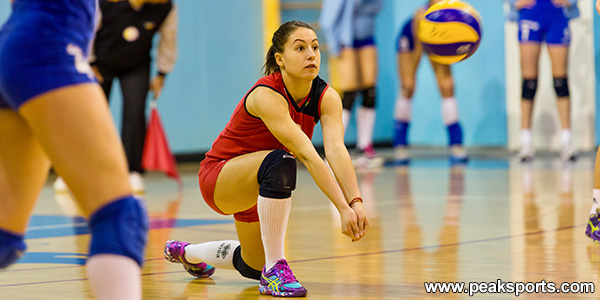Have you ever coached a team that was talented but something was just missing and as a result it simply underperformed?
If the answer is no
… then either you haven’t been coaching long or you are one of the all-time great coaches.
The truth is a lot of teams fall short of expectations.
But why?
According to Dr. Cory Dobbs, Founder & President of The Academy for Sport Leadership, teams often become so focused on tasks and strategies and their commitment to the “team” begins to wane.
In the video clip below Dr. Dobbs discusses a case study he conducted with a team that was underperforming.
download your FREE exclusive ebook from Dr. Cory Dobbs
He shares the process he used to help them develop teammate accountability and become a more successful team that was focused on transformation, relationships, and harmony.
If you are a coach that is interested in the new science of leadership, teamwork, and teambuilding then you will want to check out Dr. Dobbs’s new masterclass: Coaching for Leadership.

In this groundbreaking course he shares his 3 Big Ideas:
- A Leader in Every Locker
- Coaching for Leadership
- Teamwork Intelligence
*The Volleyball Toolbox subscribers: Use coupon code “Toolbox25” to receive a 25% discount on the course at checkout here: Coaching for Leadership Masterclass*


